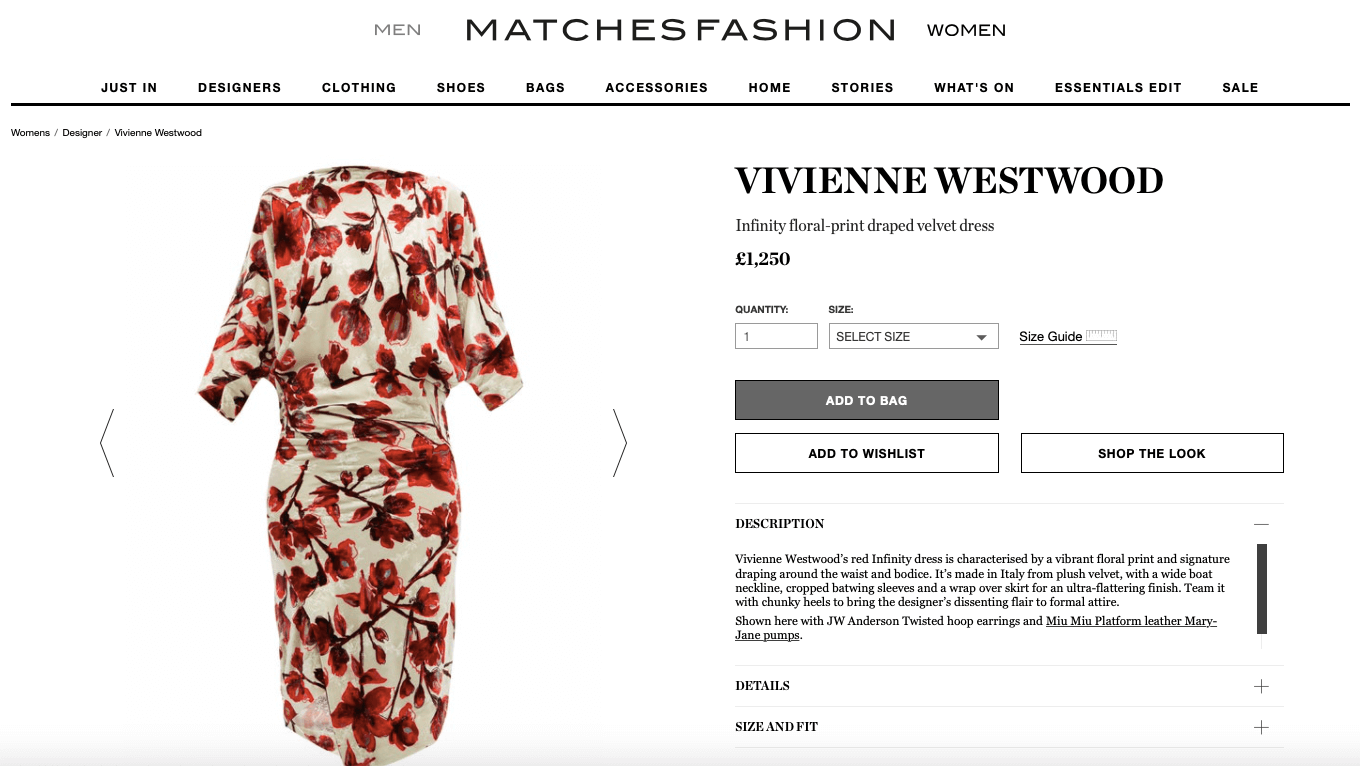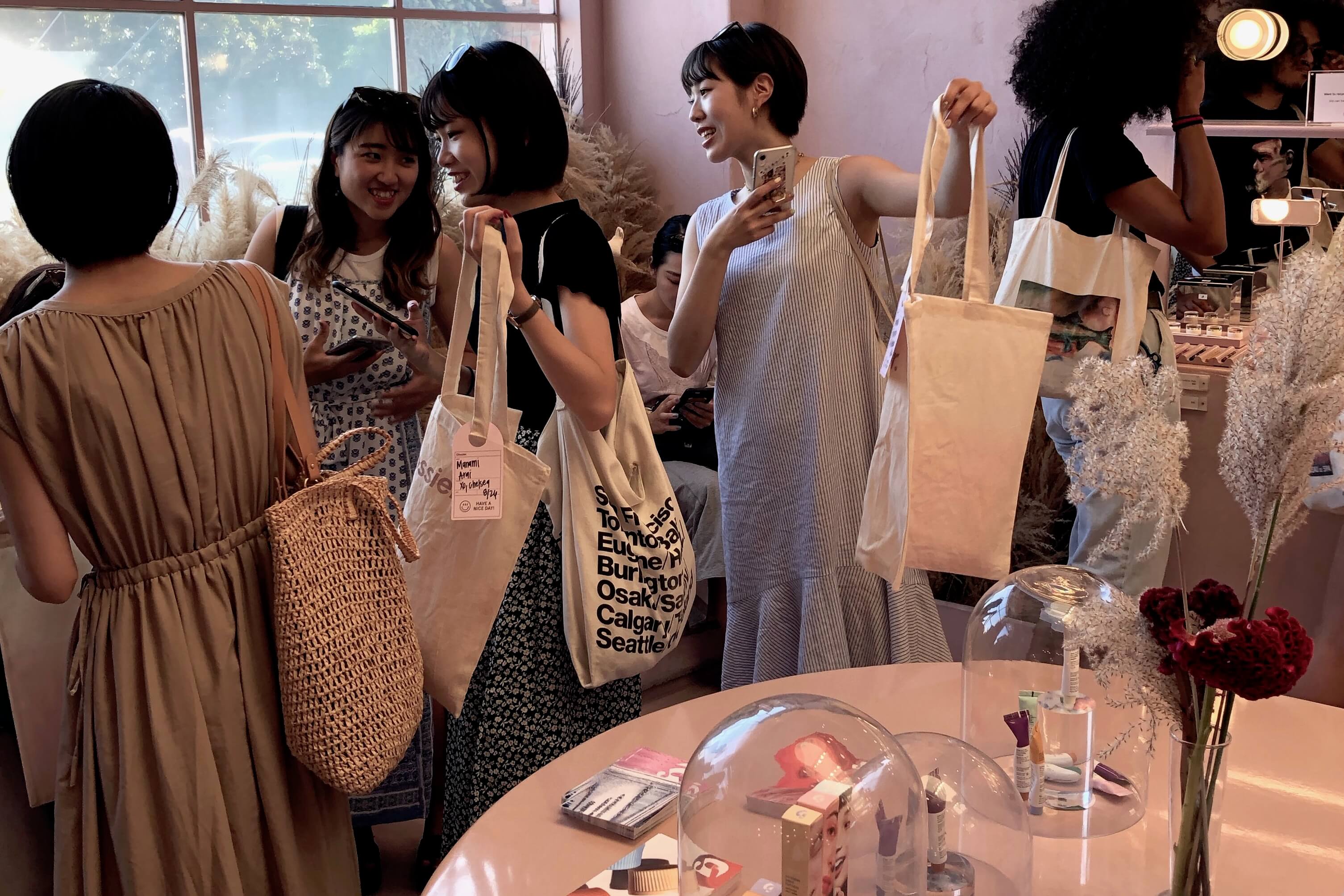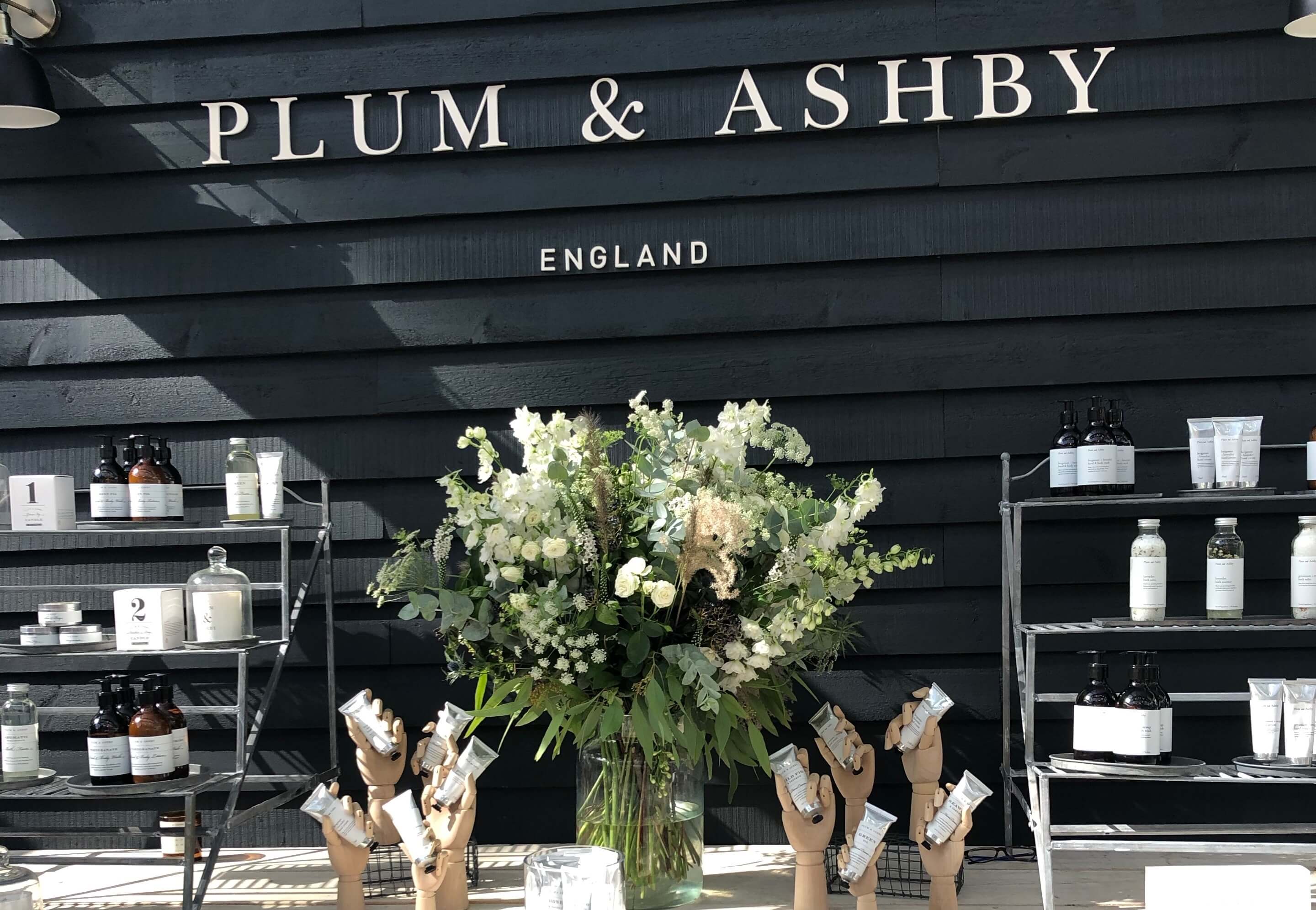Retailers and brands are facing challenging times as the march to move business online continues. Independents especially, find tackling e-commerce an added frustration. Joanne Yulan Jong summarises key points from the Retail Fest Digital Master class and explores the easy wins to get visible online and boost sales.
It’s always a pleasure to take part in events discussing topics affecting independent retailers and brands. I was recently invited to join as a guest panelist of the Digital Masterclass: How to Build a Successful Digital Retail Brand and Boost your Sales. It was part of the Retail Fest events programme at Top Drawer, Olympia.
Our talk was hosted by Higor Torchia MD of software solution company Vend. Their ePOScompany is the UK’s leading point of sale for independent retailers. I was joined by Elizabeth de Vise the founder of sustainable home accessories brand Artisanne, on the panel. Her distinctive baskets showcase a beautiful blend of traditional Senegalese weaving techniques.
Why understanding Omni-channel matters

Higor from Vend began with some advice and statistics.
“Our advice to retailers is to get your online and offline seamlessly synced so that your customers can shop how and when they want to. Find out what your customers want and deliver what will make the biggest impact – whether that’s a dedicated smartphone app or click and collect shipping option. At Vend we understand the retail climate is particularly challenging right now, which is why we’re here to support small businesses” Torchia said.
A stunning 51% of consumers today cite Omni-channel as a priority when it comes to ease of viewing brands and shopping, yet only 21%, when asked in a survey, were making being Omni-channel a strategic priority for their business. Higor explained that there is a massive disconnect between what the customer wants and what retailers are delivering.
It was clear from the start just looking at the audience, I could sense a real air of despair. SME independent retailers and brands are already challenged with rising rents, lack of footfall, and endless competition. It’s hard for them to grasp yet another multitude of tasks to add to that To-Do list. I could hear them ask: What does Omni-channel mean anyway, and why should I care?
Understanding what it means, is critical to the survival and growth of every brand and retailer. Why? There are over 1.9 billion websites today and visibility is becoming harder and far more expensive. In simple terms, if you don’t lean to the mindset of the digital, you and your business risk getting lost in all the white noise.
Differentiation is crucial
Brands and retailers are in a state of acute awareness that the “general” approach to retail has disappeared. The advent of digital is polarizing them into the ones that lean in and understand how to leverage the power of tech, social media and data capture, to those who do not.

It is no surprise then that the retailers and brands that are expanding their bricks and mortar presence are the ones that were once purely E-Commerce. They were already a digital business from the outset and have all the data they need at their fingertips. This is a massive challenge for even the biggest brands who are being forced to differentiate themselves.
However, all is not lost. There is a real groundswell of support from customers and landlords alike who realise that they need to help create communities and that a diverse high street with wonderful brands is something we all want to see more of. But you can’t stand still. From independent multi-brand fashion boutiques, a florist or an even a tiny retailer selling plastic-free wholefoods, all retailers can leverage social media and technology, to become Omni-channel in their approach to boost footfall and sales.
“Implementing a flexible omnichannel solution across brick and mortar stores, and online provides a great opportunity for small brands. Whilst they may not have access to the large budgets of big brands, small brands can create a more personalised approach and be more nimble. The key is to ensure that the customer experience is joined up across all channels” said panelist Elizabeth de Vise of Artisanne.
Five key tips to boost sales online

Here are Higor quick wins. They are five of his key tips which I’d like to expand with case-studies from my experience as a fashion and retail brand consultant.
1. MAKE YOUR URL’s SEARCH AND READER-FRIENDLY
I’ve helped brands who continually make life difficult for themselves by naming items in a very complex way online. Take for example a women’s brand that has a wide leg quite androgynous style pant. I’ve seen brands work description and a style name into the URL’S which really makes no sense at all when customers search. That’s fine when your brands are established but customers don’t generally search by style name.
They might write for example: tamara-classic-man-pant-wide-leg-black
Better wording would be: black-womens-tailored-trousers-wide-leg
2. E-COMMERCE PRODUCT TITLES
Keep this short and succinct so that products are displayed easily. Fewer than 60 characters (55 to be exact) works best. Describe what the product is not what the product does. Brands can get a little too creative here.
They might write for example: Ultimate Versatile Swing Dress
Better wording would be: Sleeveless Crepe Swing Dress

2. PRODUCT DESCRIPTIONS
This is a great opportunity for brands to then go into the details about the product. Use this as a space where you can communicate the value of the item.
It’s here that you can use your own branded tone of voice and get more creative with the copy. What are the benefits and what’s distinctive? Just don’t forget to list the nitty-gritty details as well. Let’s follow on from the crepe dress as an example.
Item: Sleeveless Crepe Swing Dress
Description: “This Italian crepe dress is an incredibly versatile wardrobe hero taking you from boardroom to evening with ease. It’s flattering swing silhouette finishes just above the knee. This quality 100% Italian viscose fabric features a unique high twist which reduces creasing and makes it easy to pack when travelling”
4. USE THE “BRAND-MODEL-ITEM” TYPE
If you are a retailer that’s selling a selection of items from other brands make sure you make it easy for customers to find your item by adding the product titles so they can be searched easily. For instance, if you are stocking a limited edition of a Nike trainer, make sure you add the actual maker’s title of the product. Such as Nike Air Max 270 React Shoe. (nike-air-max-270-react-shoe) It’s a no brainer but it’s amazing what retailers forget when they list items online.
5. PRODUCT IMAGES
Some brands and retailers have not woken up to the importance of investing in good photography. Let’s say this plainly. Good photography SELLS. Bad photography not only makes you look unprofessional but you lose any chance of converting that online search into a sale. Consumers are spoilt with incredible content flowing 24/7 and can tell within seconds if they would shop with you. Product shots need to be crisp, high-resolution, professional, and clearly lit. They must do the item justice. Shoot the item directly, but also include several angles and its easier and more versatile to shoot on a clean white background. I repeat: professional photography is crucial if you are serious about E-Commerce.
All brands and retailers are moving online

The undeniable truth is that all brands and retailers are taking steps to be more present, be found, and sell online. BoF recently wrote:
“Even Zara, a global megabrand with international exposure and thousands of outlets, has closed a store on Oxford Street, recognising it needs fewer, more effective, more experiential flagships while investing heavily in its e-commerce offering.”
An Omni-channel approach (Omni-channel meaning being present on all channels) comes at a cost in terms of time, money and resources so my advice to SME retailers seeking to be more digital in their approach?
Remember this. If you are an independent retailer, you have already an advantage over the big guys. You have a unique connection with your customers. You know them better than anyone. You also have the advantage of being agile and personal in your approach so use digital to your advantage.
And finally, when creating campaigns to driving traffic online or in-store, don’t just copy what others do because it might not work for you.
Are you a retailer or brand looking for help to move your business online? We can help you with your digital strategy, help you navigate the chaos and get you credible and visible and grow online. Contact us today.

Joanne Yulan Jong a Creative Director, Fashion Writer, and Author of the bestselling book THE FASHION SWITCH ‘The new rules if the fashion business’. She has been invited to be a regular columnist for WWD magazine.

